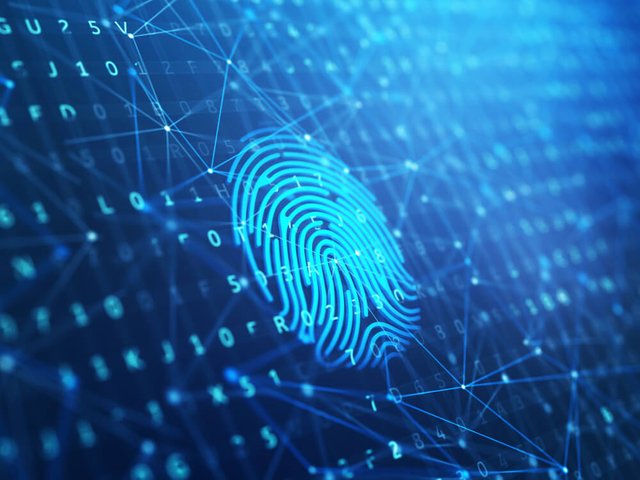
Companies are already using blockchain to identify physical objects. At the beginning of this year, Maersk and IBM created the world’s first blockchain-based end-to-end shipping platform for identifying cargo ships.
But what about individual identity? In a world of deepfake and soaring ID theft, how can we better equip ourselves for tighter security and privacy?
Blockchain Citizenship
When Satoshi Nakamoto created bitcoin, the world’s first blockchain-based cryptocurrency, we had nothing more than a pseudonym to go by. But thanks to this anonymous father of blockchain, governments now know how to better organize their citizenry.
In the state of Illinois, USA, the state government is piloting a blockchain platform for digitizing birth certificates. Further efficiency is in Estonia, where they have managed to save 2% of annual GDP after digitizing and securing identities with blockchain via their e-residency program.
The Crossover
With more and more data being transferred to the cloud, a growing number of people are now using their smartphones for online banking. It seems that there is a natural trend to digitize money, not only with cryptocurrencies but increasingly in the traditional system as well.
Even strings of DNA are meeting strings of code, helping to digitize healthcare. Using blockchain, individuals suffering from ill-health can anonymously contribute to the medical research of their problems while getting paid for their data.
But we need to be careful. Your personal resources are clearly valuable and it’s not just governments, corporations, and hackers that recognize this, but perhaps mad scientists, too. Dror Sam Brana, CEO and founder of DNA.bits, attempts to protect genetic and medical big data using blockchain. He recently painted an eerie picture when he warned that “the consequences are very difficult to imagine, but in a world [in which] people are building carriers like viruses that will spread to cells in the body and edit them — it’s frightening, but in fact, all the building blocks are already there: genome sequencing, breaches of data, gene editing.”
Luckily, countries across the globe are recognizing this new, rising infrastructure, and are eager to protect it with laws such as the EU’s Fifth AML Directive (5AMLD) that even covers cryptocurrencies.
Avoiding Being A Guinea Pig
We can do more than just hide behind government regulations to protect us from becoming lab rats, or at the very least, to protect ourselves against intellectual property theft.
Using fancy mathematics called cryptography, we can now use blockchain to create a network of scarcity, which is an effective way of establishing ownership and identity.
Let’s take the example of an artist. Their ‘public key’ on blockchain can be their brand. Not long ago, it wasn’t difficult for some ill-willer to copy and redistribute the artist’s work for their own personal profit.
But with blockchain, the artist has their cryptographic ‘private key’ on the ledger that identifies them as the original creator of the art, even after its distribution.
In larger collaborative projects, blockchain can be a pretty great method for ensuring accurate disbursement to all sources of content creation. Decentralised ecosystems like genEOS are a fine way to build such fair systems.
Takeaways
As you can see, we are at a pretty unique moment in history with a lot of potential for both good and evil. The hope is that governments, corporations, and individuals will make the right decisions so that we can successfully protect individual and collective identity within our complex system that is the world itself. In the meantime, blockchain offers some great tools for building the blocks of that potentially very bright future.